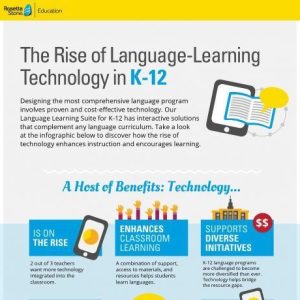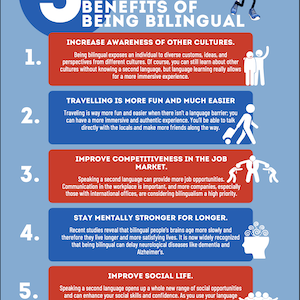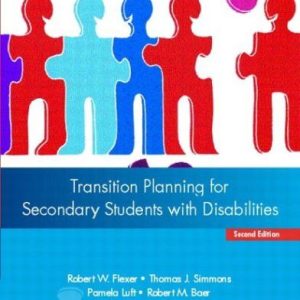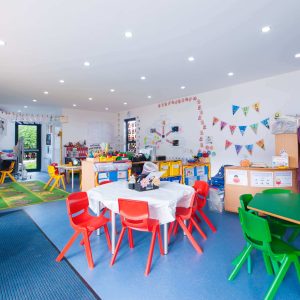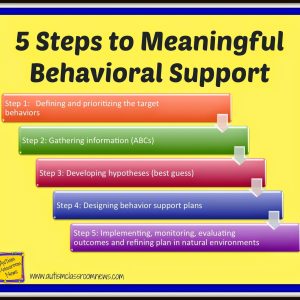As technology continues to advance, the world becomes more interconnected than ever. With people from different backgrounds and cultures coming together, the importance of incorporating multilingualism in the classroom cannot be understated. In today’s tech-driven society, being able to communicate effectively in multiple languages is a valuable skill that can open doors to new opportunities and enhance international relationships.
The Benefits of Multilingualism
There are numerous benefits to incorporating multilingualism in the classroom. Not only does it help students develop a deeper understanding and appreciation of other cultures, but it also improves cognitive abilities such as problem-solving and critical thinking. Research has shown that multilingual individuals have better memory retention and are more adaptable in unfamiliar situations.
Furthermore, in a globalized world where businesses operate across borders, having proficiency in multiple languages can give students a competitive edge in the job market. Employers are increasingly seeking candidates who can communicate effectively with international clients and partners, making multilingualism a valuable asset in today’s workforce.
Technology Tools for Multilingual Learning
Fortunately, advancements in technology have made it easier than ever to incorporate multilingualism in the classroom. There are a plethora of tech tools available that can help students learn new languages in a fun and interactive way. From language learning apps to online resources, these tools provide a more engaging and immersive learning experience for students.
One popular technology tool for multilingual learning is Duolingo, a gamified language learning platform that offers lessons in over 30 languages. With its user-friendly interface and interactive exercises, Duolingo makes learning a new language enjoyable and accessible to students of all ages.
Another innovative technology tool is Rosetta Stone, a language learning software that uses immersive methods to teach students new languages. By incorporating speech recognition technology, Rosetta Stone helps students improve their pronunciation and fluency in a natural and effective way.
Integrating Multilingualism with Virtual Reality
Virtual reality (VR) is another technology that can revolutionize multilingual learning in the classroom. By creating immersive environments where students can interact with native speakers and practice their language skills in real-time, VR enhances the language learning experience and makes it more engaging and interactive.
For example, platforms like ImmerseMe use virtual reality technology to simulate real-life conversations with native speakers in different languages. By immersing students in virtual scenarios where they can practice their language skills in a realistic setting, ImmerseMe helps improve fluency and confidence in speaking a new language.
Implementing Multilingualism in the Curriculum
To successfully incorporate multilingualism in the classroom, educators should consider integrating language learning activities into the existing curriculum. By providing opportunities for students to practice speaking, reading, and writing in different languages, teachers can help students develop their language skills and cultural awareness.
One effective way to incorporate multilingualism in the curriculum is to introduce language learning as a core subject from an early age. By starting language education at a young age, students are more likely to develop proficiency in multiple languages and become fluent speakers later in life.
Additionally, educators can organize language exchange programs or cultural immersion trips to expose students to different languages and cultures. By providing real-world experiences outside the classroom, students can deepen their understanding of multilingualism and develop a greater appreciation for diversity.
Conclusion
In conclusion, incorporating multilingualism in the classroom is essential in today’s tech-driven society. By utilizing technology tools and innovative methods, educators can create a more engaging and interactive learning environment that promotes language proficiency and cultural awareness. With the benefits of multilingualism becoming increasingly evident, it is crucial for students to develop language skills that will prepare them for success in a globalized world.
Embrace multilingualism in the classroom and watch as your students flourish in their language learning journey!
